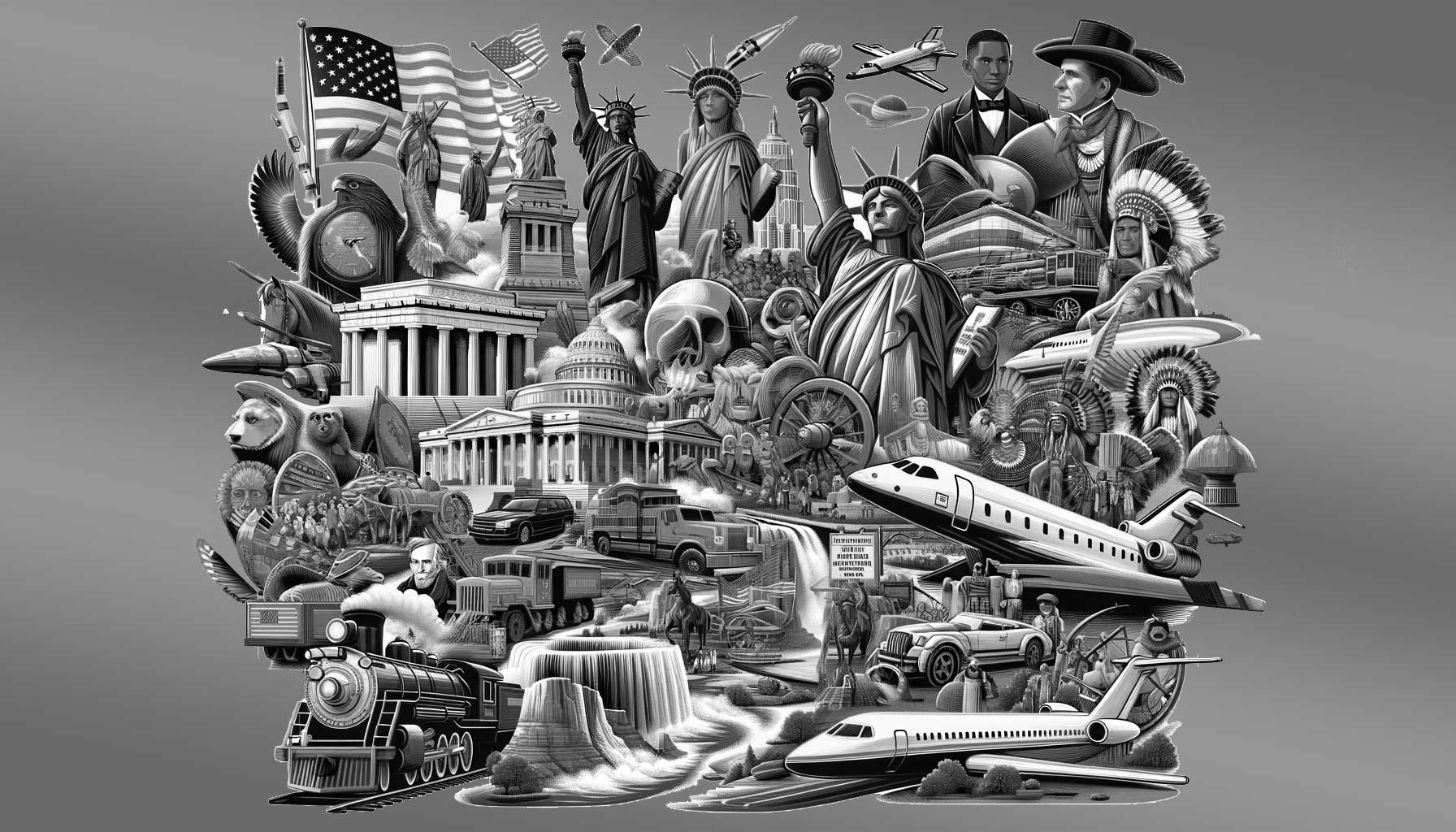Flashback to July 8
American History

On April 13, 1796, a historic event took place that would forever change the landscape of the United States. The first elephant arrived in the country from Bengal, India. This momentous occasion marked the beginning of a new era in animal importation and sparked the fascination and curiosity of the American people.
The arrival of the first elephant in the US captured the attention of the public, with newspapers across the country reporting on this extraordinary event. People were awestruck by the sheer size and majesty of these magnificent creatures. The arrival of the elephant marked a significant milestone in the history of zoology and wildlife conservation.
It is important to note that during this period, international travel and animal transportation were far more challenging than they are today. The journey from Bengal, India to the United States was long and treacherous, taking several months to complete. This feat is a testament to the perseverance and determination of those involved in this pioneering endeavor.
The elephant, whose name was Siam, made her way to the US under the care of a group of dedicated individuals who ensured her safety and well-being throughout the entire journey. This marked the beginning of a new era in the understanding and appreciation of exotic wildlife in America.
The arrival of Siam the elephant sparked a newfound interest in zoology and the natural world among the American population. People flocked to see the magnificent creature, wanting to catch a glimpse of this unique and exotic animal. Siam became a symbol of curiosity and wonder, captivating the hearts and minds of the American people.
The significance of Siam’s arrival in the US reaches beyond the realm of entertainment and curiosity. It played a crucial role in expanding our understanding of wildlife conservation and the importance of protecting these majestic creatures. The successful transportation and care of such a large and exotic animal was a testament to the progress made in the field of zoology and veterinary medicine at the time.
Siam’s arrival was also a catalyst for further animal importation. As more exotic animals made their way to the United States, zoos and menageries began to pop up across the country. This led to a greater understanding of different species and a greater appreciation for the natural world.
Nearly two and a half centuries later, the legacy of Siam’s arrival can still be felt in the numerous zoos, wildlife sanctuaries, and conservation efforts that exist today. The successful transportation and display of Siam the elephant paved the way for the continued study and conservation of exotic wildlife both in the US and around the world.
the arrival of the first elephant in the United States from Bengal, India on April 13, 1796, was a momentous occasion that captured the hearts and minds of the American public. This event marked the beginning of a new era in animal importation and sparked a fascination with exotic wildlife. The successful transportation and display of the elephant, Siam, contributed to our understanding of zoology and wildlife conservation. Today, the legacy of Siam’s arrival can be seen in the countless zoos and conservation efforts aimed at preserving and protecting the world’s most majestic creatures.
We strive for accuracy. If you see something that doesn't look right, click here to contact us!
Sponsored Content

US Senate confirms Sandra…
On July 8, 1981,…

The first confirmed tornado…
On 7/8/1680, the first…

Harbor Hospital formally opens.
On July 8, 1897,…

William Jennings Bryan “cross…
On July 8, 1896,…

Mayo Clinic researchers warn…
Mayo Clinic researchers issue…

US State Department issues…
On July 8, 1796,…

